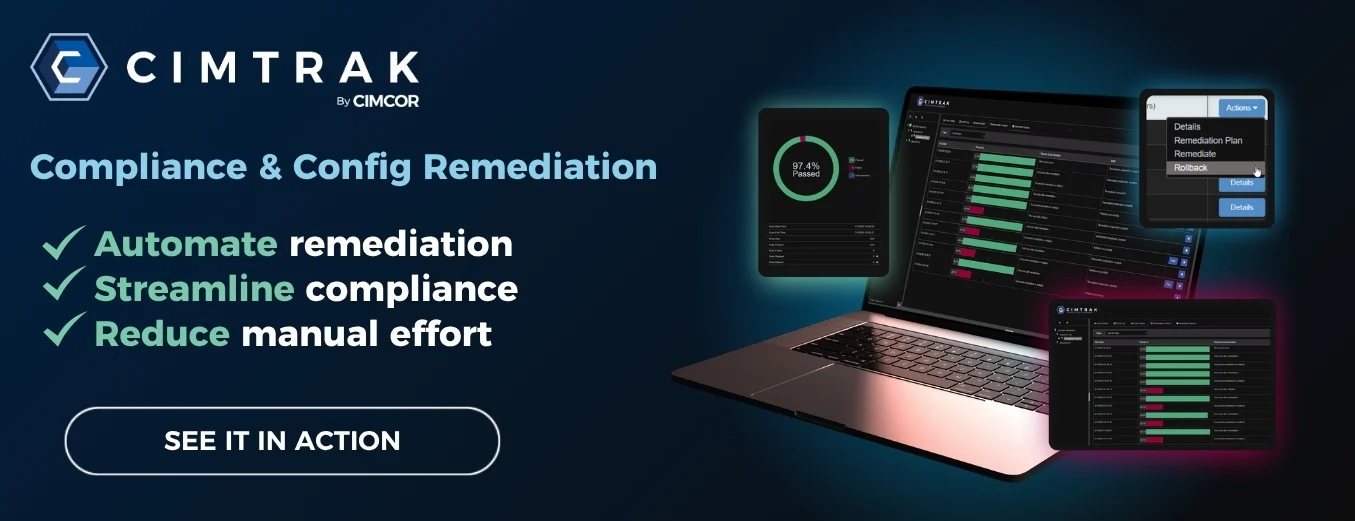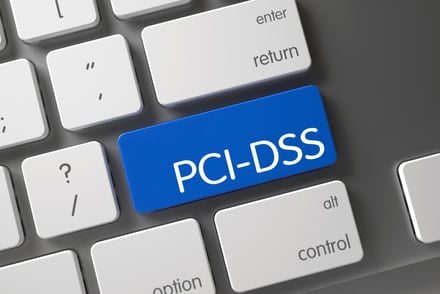Manual System Hardening is a Nightmare—What did we learn?
We made one of our security engineers manually harden a system to 100% Compliance in CIS Benchmarks. No tools. No automation. We forced him to roll up his sleeves and endure the sweat and suffering for a painfully long 8 hours.
Why? It wasn't due to schadenfreude; we had just implemented compliance remediation in CimTrak and needed to validate the impact of this new capability manually. The process gave us more than timing data; it gave us a deep empathy for IT teams expected to do this on a larger scale.
Quick Summary (TLDR)
We manually hardened a system to full CIS Benchmark compliance, and yes, it was painful. The takeaway? Manual and traditional methods (golden images, GPOs, scripts, manual tweaks) don't scale. CimTrak's latest module, Compliance & Configuration Remediation (CCR), outperforms other approaches by assessing if a system is hardened properly and then updating all configuration settings necessary to put the system in a hardened state— reducing manual effort and maintaining continuous compliance across your environment.
Why Manual Hardening Doesn't Scale
The manual hardening process is not only extremely time-consuming, resulting in unexpectedly high business costs, but it also causes employees and managers to loathe redoing the Herculean task required to harden systems at scale. This reluctance poses serious challenges:
- Decreased morale
- Increased risk as standards evolve
- Delayed security adoption
- Massive time investment for IT staff
Common Hardening Strategies (and Why They Fall Short)
An array of methods can be used to harden a large set of machines. These different approaches have their strengths, but also critical weaknesses.
Manual Configuration
Manual hardening requires IT professionals to access each system and apply configuration settings one by one— manually.
Cons:
- The most brutal
- Vulnerable to human error
- Difficult to scale
- Quickly becomes outdated as standards evolve
Manual hardening turned your IT team into Atlas, forever holding the burden of ensuring systems are properly hardened.
Golden Images
A "golden image" is a pre-configured, hardened system image deployed across your organization.
Pros:
- Uniform baseline
Cons:
- Inflexible
- Poor response to zero-day threats or new vulnerabilities
- Time-consuming and scrambling to rebuild
Group Policy Objects (GPOs) and Hardening Scripts
GPOs and hardening scripts are more dynamic than images, utilizing automation to configure some settings.
Pros:
- Flexible
Cons:
- High cost to develop, test, and deploy
- Changed each time standards evolve
- The same script may be applied to a large set of systems, without regard to specific customizations that may be unique to individual systems
It may be automated, but it is trapped in yet another ending cycle of despair.

Hardening is Just the Start of the Workload
Once hardening is achieved after these approaches, IT teams need to:
- Roll back systems if hardening went too far (likely restoring from backups!)
- Perform audits to ensure that the remediations worked
- Generate reports to prove compliance with secure configuration best practices
There is a Better Way to Harden and Maintain Compliance
If this post sounds like your life in IT, you're not alone. CimTrak's Compliance & Configuration Remediation automates the hardening and compliance lifecycle, offering:
- Fine-grained control of which items are remediated
- Roll back if something goes wrong
- Support for Windows Server 2008r2, 2012r2, 2016, 2019, 2022, Windows 10, 11
- Upcoming support for several Linux variants
- At scale remediation, you can use a template to remediate countless machines simultaneously
- Integrated with our scanning module, so you will have real-time insight into how hardened your machine is
- If you decide that you need to fail a test because of business necessity or if you have mitigating controls in place, fine-grained waivers can be granted in place of remediation
- Intelligent impact assessment per remediation, so that you have insight into the effect on operations that a remediation change may have
Tags:

August 12, 2025




